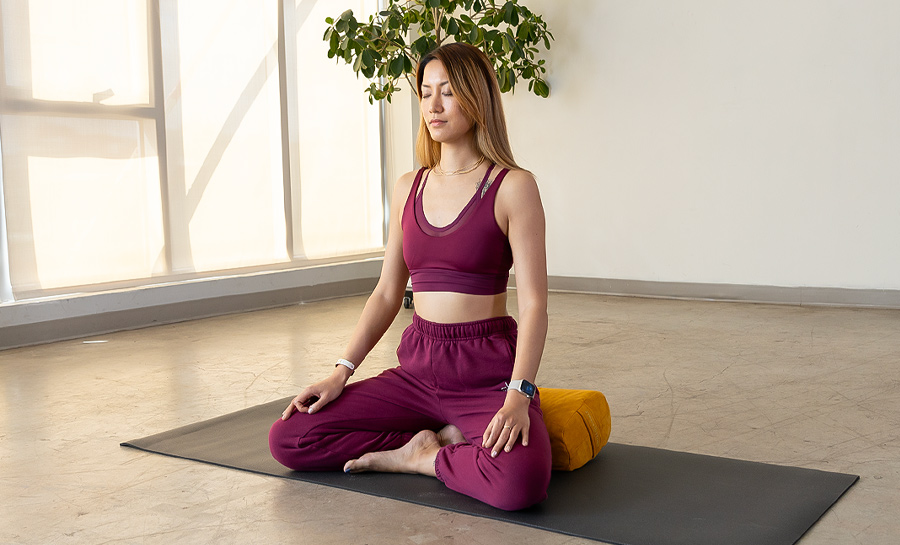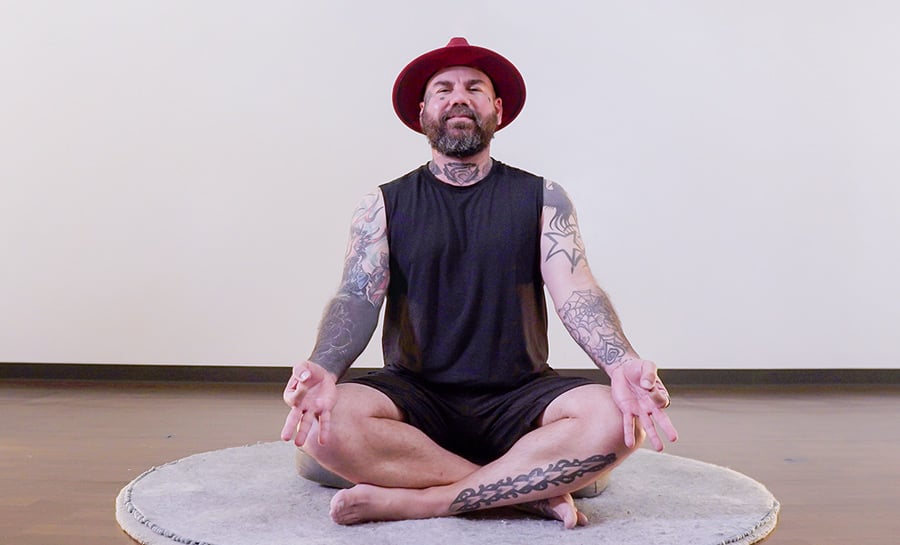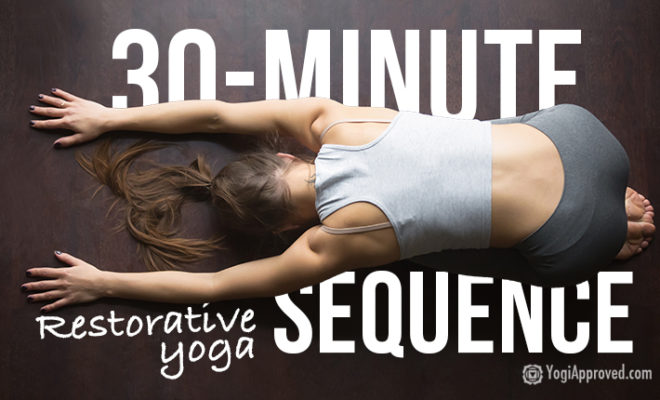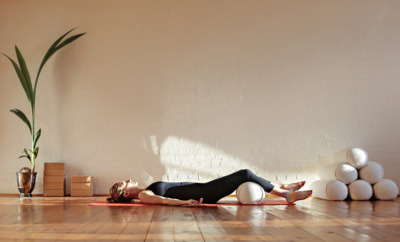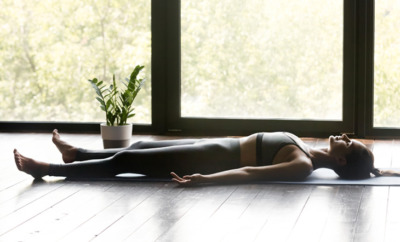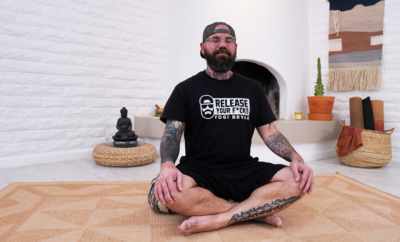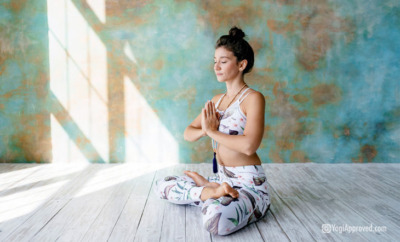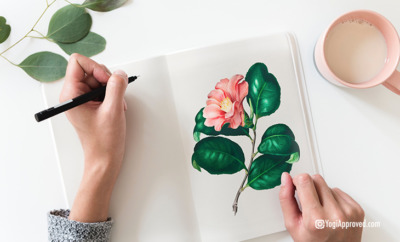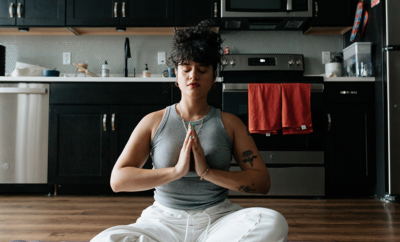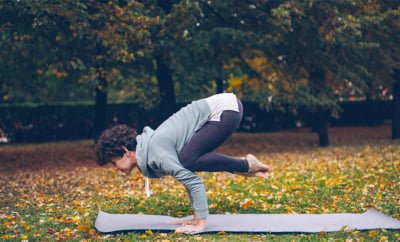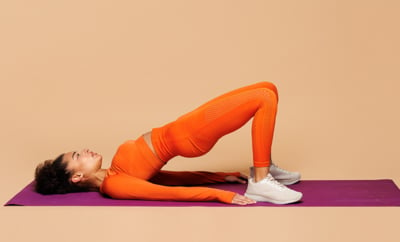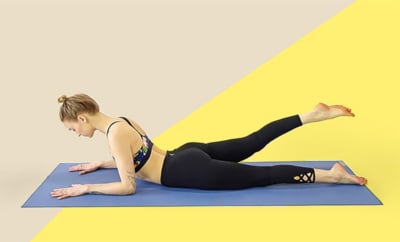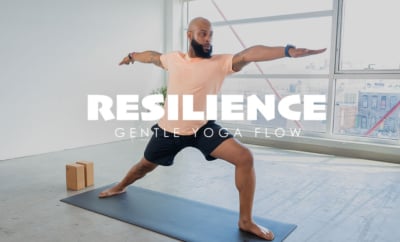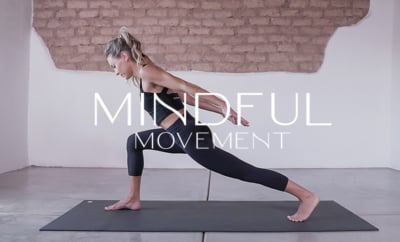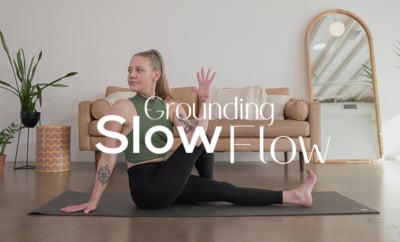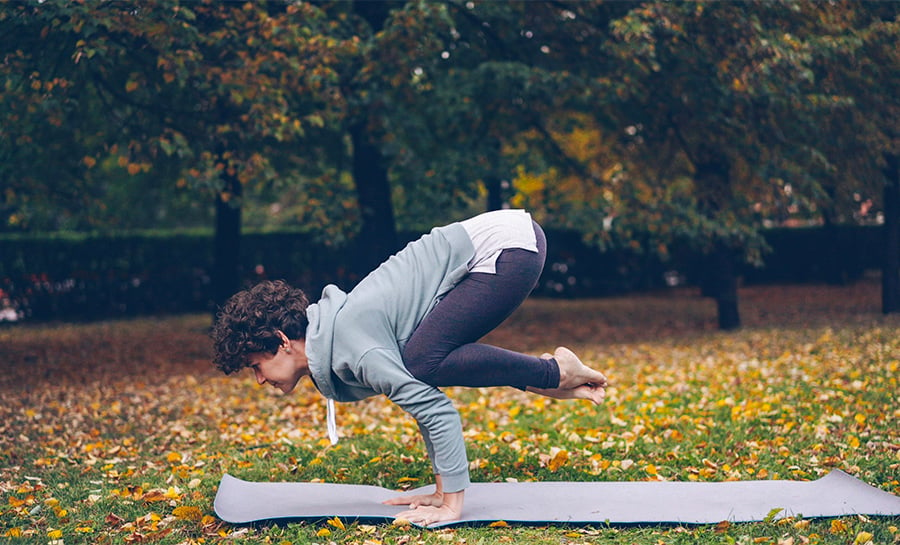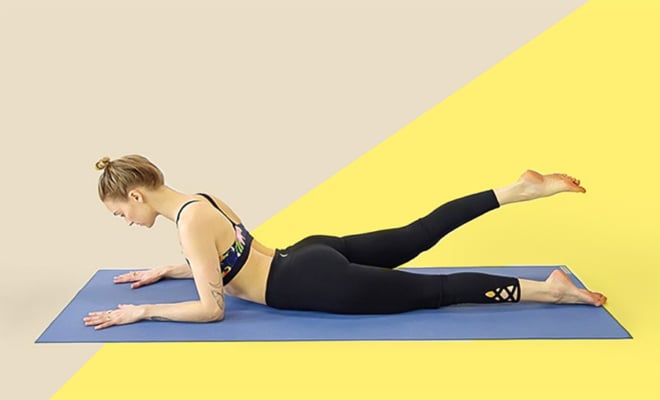Follow These 7 Steps for a Peaceful Yoga Nidra at Home Practice
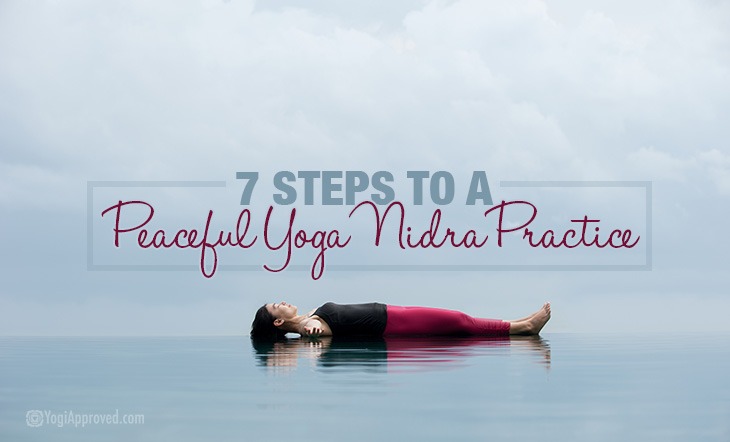
steps to a yoga nidra class
Want to practice Yoga Nidra at home? This quick article will empower you to get the most out of your home Yoga Nidra experience. Let’s dive right in!
Yoga Nidra (often referred to as Yogic Sleep) is such an important part of your yoga practice. In fact (in my humble opinion), it is THE most important part.
Why do all that work to stretch, strengthen and release tension from the body if we are not going to allow the body to compute these changes and make them stick?
The immense range of benefits gained from a Yoga Nidra practice speak for themselves.
For many of us, relaxation can be incredibly challenging to attain, so read on for guidance on how to create the optimal setting for a peaceful Yoga Nidra practice.
Explore our online Yoga Nidra classes on YA Classes
In addition to hundreds of other classes ranging from Vinyasa, Yin, meditation and more, we offer Yoga Nidra right here on YouAligned. 🙂
Follow These 7 Steps for a Peaceful Yoga Nidra Practice:
1. Create a Relaxing Space
Consider the space you are in. If you are lucky enough to be able to relax anywhere, then great! However, if you are more sensitive to outside distractions, then take your surroundings into account.
Ensure the room is free of distractions, cell phones switched off, etc. Dim the lights or use an eye pillow (more on that later). Do whatever you need to do to get comfy.
2. Physically Prepare
Is the body suitably prepared? I’m not saying that you cannot go straight into Yoga Nidra without having done any asanas first. I know a teacher who regularly begins her yoga class with a Yoga Nidra – but you need to ensure that your body is ready for it.
Is your body warm, or do you need a stretch first? Take a moment to tune into the sensations of the body and notice what the body needs before diving into your Nidra practice.
During a typical yoga class, the body has been warmed and stretched to remove locks and blockages, and it is during the relaxation that these wonderful changes become a part of our ‘system.’
3. Create an Ambient Atmosphere
Consider the atmosphere of your space. After all, Yoga Nidra at home is all about embracing your own space! Do you prefer to have relaxing music in the background, or do you favor listening to the world continuing on around you?
Here are some suggestions:
- Despierta by Mirabai Ceiba
- Pretty much anything by Enya
- Kundalini Chillout: Liquid Mantra Remixes by Krishan
- Yoga Nidra by Max Gandossi
- Papillion by Peter Samuels
YouTube offers an abundance of guided Yoga Nidra!
4. Use Yoga Props!
Yoga props like a bolster or yoga blocks help the body settle into a relaxed state. A bolster or blocks beneath the knees allows the pelvis to tilt and the lower back to lengthen in a relaxed way without the body having to consciously move.
Relaxation will cool the body very quickly, especially if the yoga session has been a particularly active one, so it’s important to have blankets ready to lay over your body.
Eye pillows not only lessen the light that filters through the eyelids; the weight of the pillow also applies a little pressure around the temples and eye sockets which helps calm and relax the brain.
5. Get Into Savasana
Corpse Pose, or Savasana, is THE best position for relaxation.
- Lie on your back with legs extended by your sides, palms facing up, fingers relaxed and shoulders away from the ears
- Head, neck and spine all in line with each other
- Allow your entire body to relax – from your forehead down to your feet – let everything soften and sink into the mat
However, if lying on the floor is not within your reach today, then sitting in a chair is perfectly fine. Allow your feet to rest on the floor, arms resting either on your thighs or arms of the chair. Take a deep breath in, filling your lungs, and relax.
6. Gently Relax Your Mind
As soon as we settle the body into our chosen relaxation posture, we take a deep breath and begin to let go . . . and here come all the thoughts!! Worry not – if you have opted not to go for a guided relaxation, then it is time to use your mind to aid the body’s relaxation process.
Begin by bringing your sensual awareness into the body – beginning either at the feet and working up – or beginning at the head and working down. You can either tense the part of the body and relax it, or take your awareness there and visualize it relaxing.
Begin to imagine the body becoming heavy and melting into the earth.
7. Remain Here As Long As You’d Like, Then Exit Slowly
When you are ready to come out of your yogic sleep, never shock your body awake – always wake the body with gentle kindness and respect.
Begin by deepening the breath and slowly begin to introduce a little movement – wriggle the fingers and toes, make small circles with the hands and feet, stretch the arms overhead and elongate the entire body (this will feel wonderful).
Hug the knees into your chest and rock from side to side, massaging the back muscles against your mat. Slowly begin to rock yourself back up to sitting in easy cross-legged pose. Take a couple of deep breaths and notice that magical feeling that YOU have cultivated through your Yoga Nidra practice.
Yoga Nidra at Home: The Takeaway
The practice of Yoga Nidra at home really is potent and can be profound. It is so often the missed part of yoga, and yet so valuable to our everyday life.
Relaxation cultivates our patience, self-awareness and general ability to look life in the face and accept it, with all its ups and downs, further forming our ability to ‘let go’ in the beautiful moments – to surrender and accept ourselves as we are, complete, beautiful and powerful.
Go – enjoy – be yourself, and relax!
Embrace the magic, and please share your thoughts and any of your own tips for a successful home Yoga Nidra practice in the comments below.


This Month's Letter
From the Editor
Monthly motivation and food for
thought from our founder.

